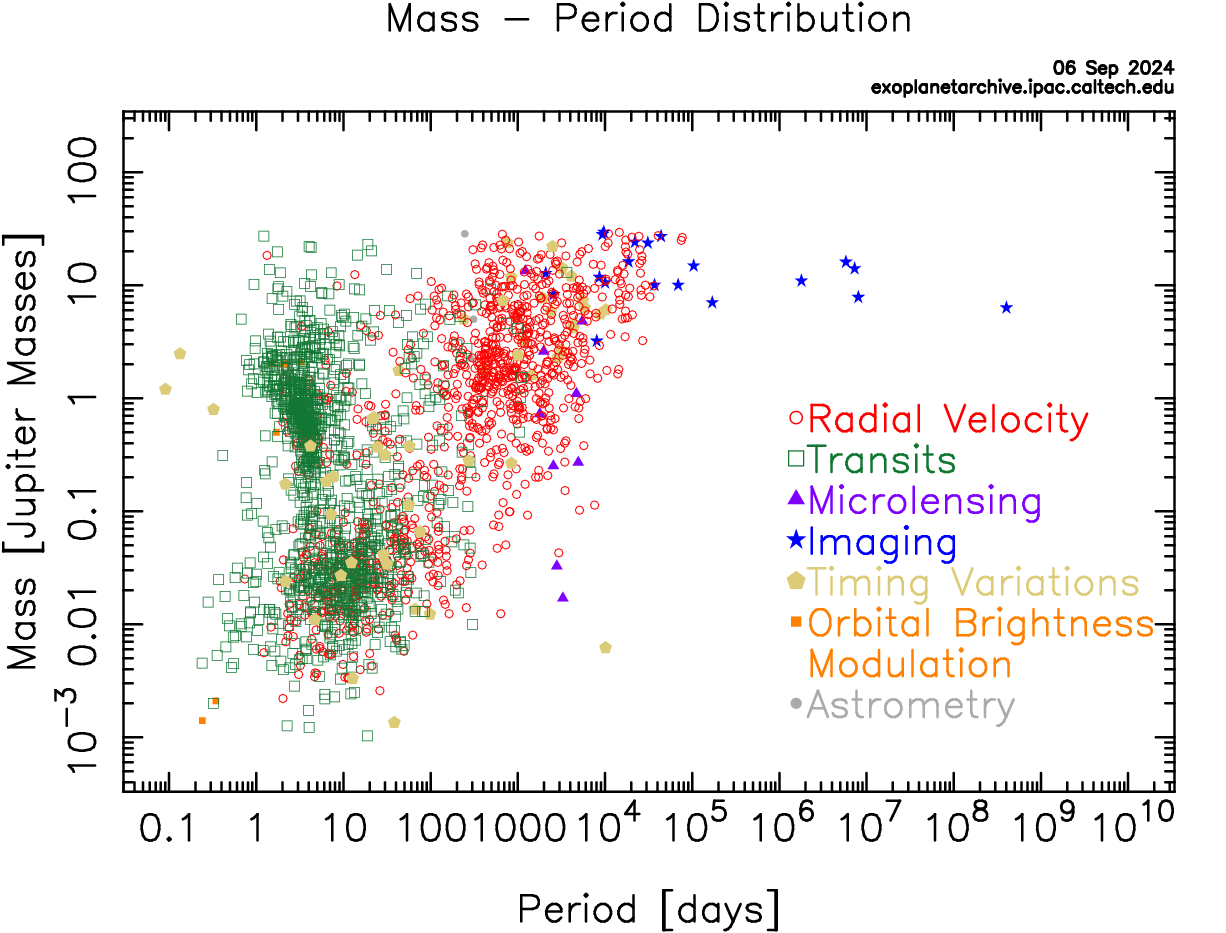Tau.Neutrino said:
In a First, Astronomers Find an Exoplanet by Using Radio Waves And a Wobbly Star
The hunt for exoplanets in our galaxy is a deeply important endeavour. The more exoplanets we find, the better we can understand our own Solar System – and how life emerges in the Universe. To date, over 4,000 exoplanets have been confirmed – but a new discovery could widen the search, helping us to find exoplanets that previously have proven too difficult to detect.
more…
> Painstaking and careful analysis of the data revealed that the star was not travelling in a perfectly straight line, but was travelling more of a snaking path. The periodicity and amplitude of the wiggle revealed a planet on a 221-day orbit, and between 38 and 46 percent of the mass of Jupiter
Excellent. I like large planets in wide orbits.
The astrometry technique was successfully used by the Hipparcos spacecraft, but that was in the optical rather than radio wavelengths.

Look at the following Chart. The area I’m interested in is 1 Jupiter mass and below, and 300 day period or longer. That just about rules out everything found using the transits method.


